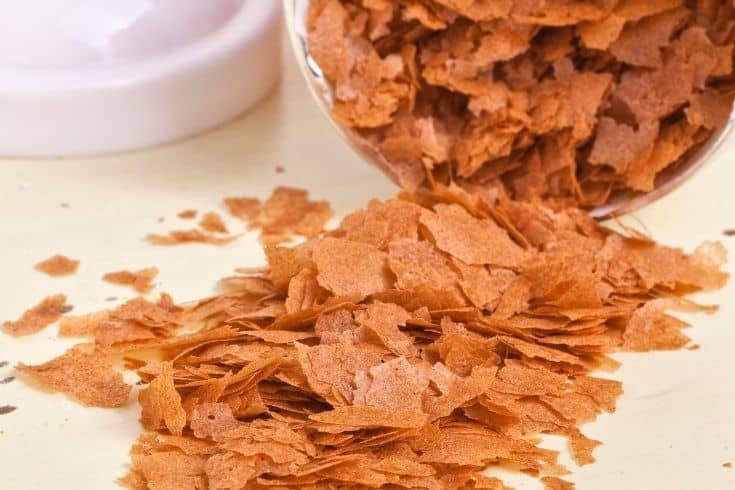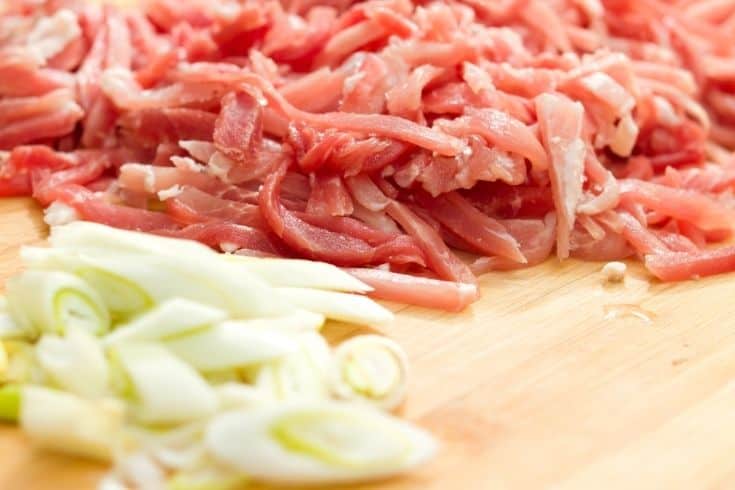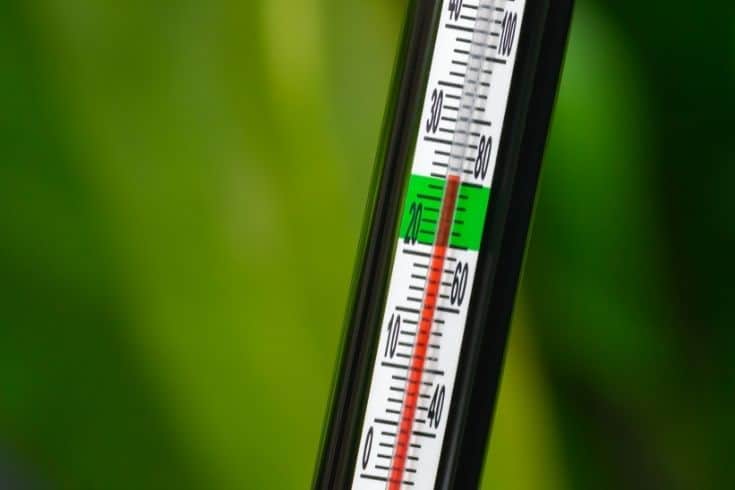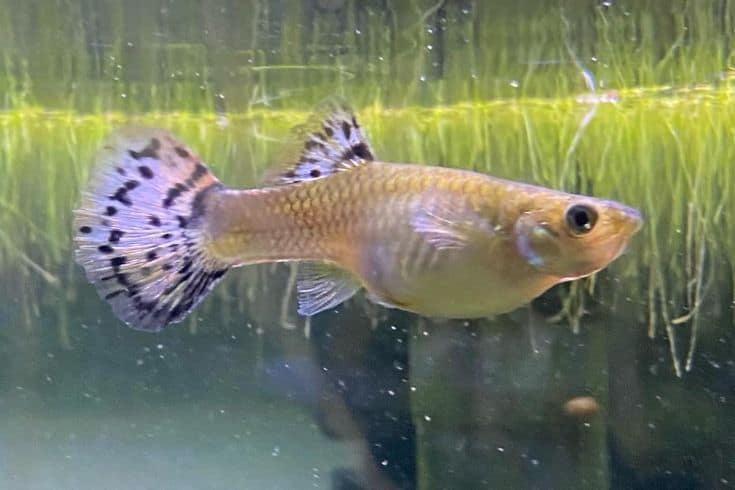Orange guppies may be small fish, but they have an abundance of personality, color, and charm! With a lifespan of up to 3 years, these hardy fish make perfect pets for first-time fishkeepers. And when you consider their charming, easygoing dispositions – what’s not to love?
In this comprehensive guide, you’ll learn all about the orange guppy fish. Find out how to identify them, what they need to stay healthy and happy, and how to care for them during their lifetime. With a few basic tips and tricks, you’ll be able to keep your orange guppies healthy and beautiful for years to come!
Characteristics/Appearance/LifeSpan
Common Name (species)
Orange Guppy Fish, Poecilia Reticulata
Family
Poeciliidae
Origin
South America
Diet
Completely Omnivore
Care Level
Easy
Lifespan
1 – 3 years
Activity
Playful, docile
Temperament
Calm and non-aggressive
Tank Level
Top
Min Tank Size
10 gallons (for a school of 3)
Temperature Range
72 – 82 degrees Fahrenheit
Water Hardness
8-12 dGH
pH Range
6.8-7.8
Filtration/Flow Rate
Calm
Breeding
Livebearer
Compatibility
Most fish of similar size and temperament
OK for Planted Tanks
Good with most plants
Activity Level/Temperament
Like most guppies, orange guppies have a very playful and docile disposition. They are generally peaceful with other fish, and enjoy swimming in schools to show off their beautiful fins. As these are active fish, it’s best to provide plenty of space in the tank so they can swim and explore. We recommend a minimum of 10 gallons for a school of four fish, though 20 gallons or larger is best.
Orange guppies will also appreciate having hiding spaces and plenty of plants in the tank. This will make them feel secure, reduce their stress levels, and encourage them to explore more. Many fishkeepers incorporate live plants, driftwood, and rocks into their guppy tanks, creating a functional yet gorgeous habitat that makes their fish feel safe.
Compatibility/Mates
In general, orange guppies are a very peaceful species and can be housed with most other small, non-aggressive fish. Some compatible tankmates for orange guppies include:
• Tetras
• Danios
• Platies
• Mollies
• White Clouds
• Ghost Shrimp
With that said, it’s important to ensure that the tankmates you choose are not overly aggressive or larger than your guppies. It’s best to avoid predatory fish such as angelfish and cichlids, as they may prey on small orange guppies. Some fishkeepers have success with keeping bettas and guppies together, but this requires a lot of careful planning and introduction.
Feeding
What to Feed
As omnivores, orange guppies require a varied diet consisting of both plant matter and meaty foods. Commercial food such as fish flakes and pellets are a great staple for guppies. Just make sure they’re formulated for omnivores and specifically designed for their size. You may need to experiment with different brands to find one that your fish will enjoy.

In addition, orange guppies also appreciate frozen foods as an occasional treat. Frozen bloodworms, brine shrimp, and daphnia are all great choices for these fish. Live foods like microworms and Grindal worms can also be fed in moderate amounts – just make sure to do your research before purchasing to ensure that these foods are safe for your fish.
Finally, supplementing your guppy’s diet with some plant matter is a good idea. Guppies will happily snack on algae wafers and fresh vegetables such as spinach, zucchini, and cucumber. Make sure to blanch these veggies before feeding them to your fish, as raw veggies can cause digestive issues.
How Much to Feed
Just as you would with any other fish, it’s important to feed your orange guppies in small portions and on a regular schedule. These fish should be fed twice a day, but no more than they can consume within two minutes. If you overfeed them, the leftover food will rot at the bottom of the tank, leading to poor water quality and health.
Of course, you should also make sure that every fish is receiving its fair share of food. Monitor your tank closely to make sure that all the guppies are eating, and take note of any fish that seem underfed or lethargic.
What Not To Feed
Although guppies are omnivores, there are still some foods that should be avoided. Foods like beef hearts and raw meat can cause digestive issues in these fish. Nuts, seeds, and other human-grade snacks should also be avoided as they are not nutritionally adequate for your orange guppies.

Finally, while live food can be a tasty treat for your guppies, be sure to avoid feeding wild-caught insects. Wild insects may contain parasites and other pathogens that can harm your fish, so it’s best to stick to commercially produced live foods like brine shrimp and microworms.
Tank Requirements
Tank Size
Most adult guppies grow to a size of one and a half to two inches, so they don’t require particularly large tanks. A 10-gallon tank is generally considered the minimum size for a small school of orange guppies. However, if you keep more than six adults together in one tank, it’s best to upgrade to a 20-gallon aquarium or something even larger.
In addition, orange guppies are prolific breeders, so it’s best to prepare for a sudden population increase. Even if you don’t plan to breed your guppies, pregnancies may happen anyway. In this case, it’s best to have a larger tank with plenty of hiding places in order to accommodate any unexpected babies.
Tank Set-Up
To set up a tank for your orange guppies, you will need the following:
- Aquarium gravel
- Live or fake plants
- Filter
- Heater (if the room temperature is below 74 degrees Fahrenheit)
- Decorations like driftwood and rocks
Then, follow the steps below to create a suitable environment for your guppies:
- Fill the tank with dechlorinated water and add the necessary filter media.
- Install the appropriate filter, heater, and decorations. Ensure that all of these items are properly functioning before adding fish.
- Add a layer of aquarium gravel to the bottom of the tank and arrange the plants, driftwood, and rocks as desired.
- Wait 24 hours for the water to cycle properly before introducing your guppies.
By providing your orange guppies with a safe environment with adequate hiding places and plenty of vegetation, you can ensure that they will thrive in their new home.
Habitat Requirements
Water Requirements
Guppies may be highly adaptive fish, but their ideal water parameters are still important to consider. For tropical fish like guppies, a temperature range of 73-80 degrees Fahrenheit is recommended. The pH level should stay between 6.5 and 8, with a hardness of 5-30 dGH being ideal.
We also want to dispel the myth that guppies thrive in brackish or salt water. These are freshwater fish and should never be kept in a marine environment.
Filtration Requirements
Every hobbyist will attest that a good filter is an absolute must when keeping guppies. A properly functioning filter will make maintaining ideal water conditions much easier by removing excess waste and other potentially harmful toxins.
One important thing to note is that guppies are sensitive to strong water currents, so we recommend installing an adjustable filter with a gentle flow. This will keep your guppies from becoming stressed out while ensuring that they have enough oxygen in the water.
Heat and Lighting Requirements
The right lighting highlights the coloration in guppies, so we recommend providing your fish with a lighting system tailored to their needs. Any color pattern of lights can be suitable, but daylight-type bulbs will provide your guppies with the most natural environment.

Also, be sure to maintain the water temperature in your tank within the recommended range. If your room temperature falls below 73 degrees Fahrenheit, we suggest investing in a submersible heater for the tank. This will keep your guppies healthy and happy.
Plants and Décor
The playful dynamics in guppies are often highlighted when they have plenty of hiding spots. Live plants and decorations like driftwood, rocks, and caves provide the perfect places for your guppies to relax, explore and live together harmoniously.
We also suggest adding a few floating plants or leaves on the surface of the water. This looks beautiful and provides your guppies with a safe place to take refuge from potential predators.
Habitat Maintenance
Many people decide to set up a guppy aquarium for fun, not realizing how much work it takes to maintain a healthy habitat. Regular water changes and tank cleanings are vital for keeping your guppies happy and healthy.
If you have a community fish tank, we recommend doing a 25 percent water change every week and cleaning the gravel once a month with an aquarium siphon. This helps remove excess waste and debris while ensuring the water is properly oxygenated.
Common Health Issues and Treatment
Now that you know how to care for your guppies, let’s talk about the most common health issues and how to treat them.
Health Issue
Ich (White Spot Disease)
Symptoms or Causes
Ich is a very common disease that’s caused by an aquatic protozoan parasite.
Fish infected with Ich develop a sprinkling of tiny white spots on their fins, gill covers, and bodies. They also flash against the gravel and other solid objects in the aquarium.
Suggested Action
Raise the water temperature to 82o F for three days. Use an OTC White Spot Disease medication to treat the tank.
Health Issue
Flukes
Symptoms or Causes
Flukes is the term used to describe various types of external fish parasites. These macroparasites can often be seen with the naked eye attached to the fish’s skin or gills.
Suggested Action
Treat the fish tank with an OTC antiparasitic medication.
Health Issue
Fungal infections
Symptoms or Causes
White fluffy growths on the fish’s body, mouth, and head.
Suggested Action
Quarantine infected fish, and treat with an antifungal medication.
Health Issue
Bacterial infections
Symptoms or Causes
Sores and ulcers on the body and head, ragged, bloody fins.
Suggested Action
Treat the tank with OTC antibacterial treatment.
Breeding
Choosing Your Breeding Pair
Many first-time guppy breeders assume they must stick to specific guppy strains to get high-quality offspring. However, this isn’t necessarily the case! Adult orange guppy males and females can produce attractive fry of any color combination and pattern. So, if you want to experiment with cross-breeding different color genes and tail fin varieties, go for it.
Be that as it may, it makes sense to opt for healthy parents with good body color formation. Not only will this increase the ability of offspring to live long, healthy lives, but it will also help ensure you get the best-looking fry. Generally speaking, brightly-colored guppies will be perceived as more attractive than those with subtle tints of color.
Despite these general rules of thumb, the attractiveness of offspring will still depend heavily on luck and chance. Choosing your breeding stock based on body color and pattern is a great start, but there’s no guarantee that you’ll get the exact combination of traits you desire. Ultimately, the best way to ensure a good outcome is to simply enjoy the surprise!
Caring For Your Pregnant Guppies
Once you’ve handpicked your breeding stock, it’s time to relocate them to a breeding tank. We recommend a ratio of one male to three female guppies, and at least 10 gallons of space.

Image Source: www.instagram.com
The breeding tank should feature a sponge filter to keep the water clean, as well as plenty of aquatic plants and hiding places. For the duration of the gestation period, pregnant female guppies will need plenty of hiding spots to retreat to when they feel threatened.
Once the fry begins to emerge, it’s essential to keep up with tank maintenance. Perform regular water changes and clean the filter every week or so. This will help ensure that your baby guppies have access to clean and oxygen-rich water during the first few weeks of their lives.
Product Recommendations
Before we wrap up this article, let’s review a few of our top product recommendations for orange guppy care.
- Best Water Conditioner: API Tap Water Conditioner
- Best Food: TetraMin Tropical Flakes
- Best Heater: Tetra Submersible Heater with Thermostat
While this list isn’t exhaustive, it’s a great starting point for taking care of your new orange guppies. Be sure to research any additional items you may need for the optimal health and well-being of your fish.
The Takeaway
We hope you’ve enjoyed this comprehensive guide to orange guppy care! As you can see, these vibrant little fish can be relatively easy to care for, as long as you provide them with the right environment and nutrition. Keep up with regular tank maintenance, and your orange guppies should live long, healthy lives. Good luck!
